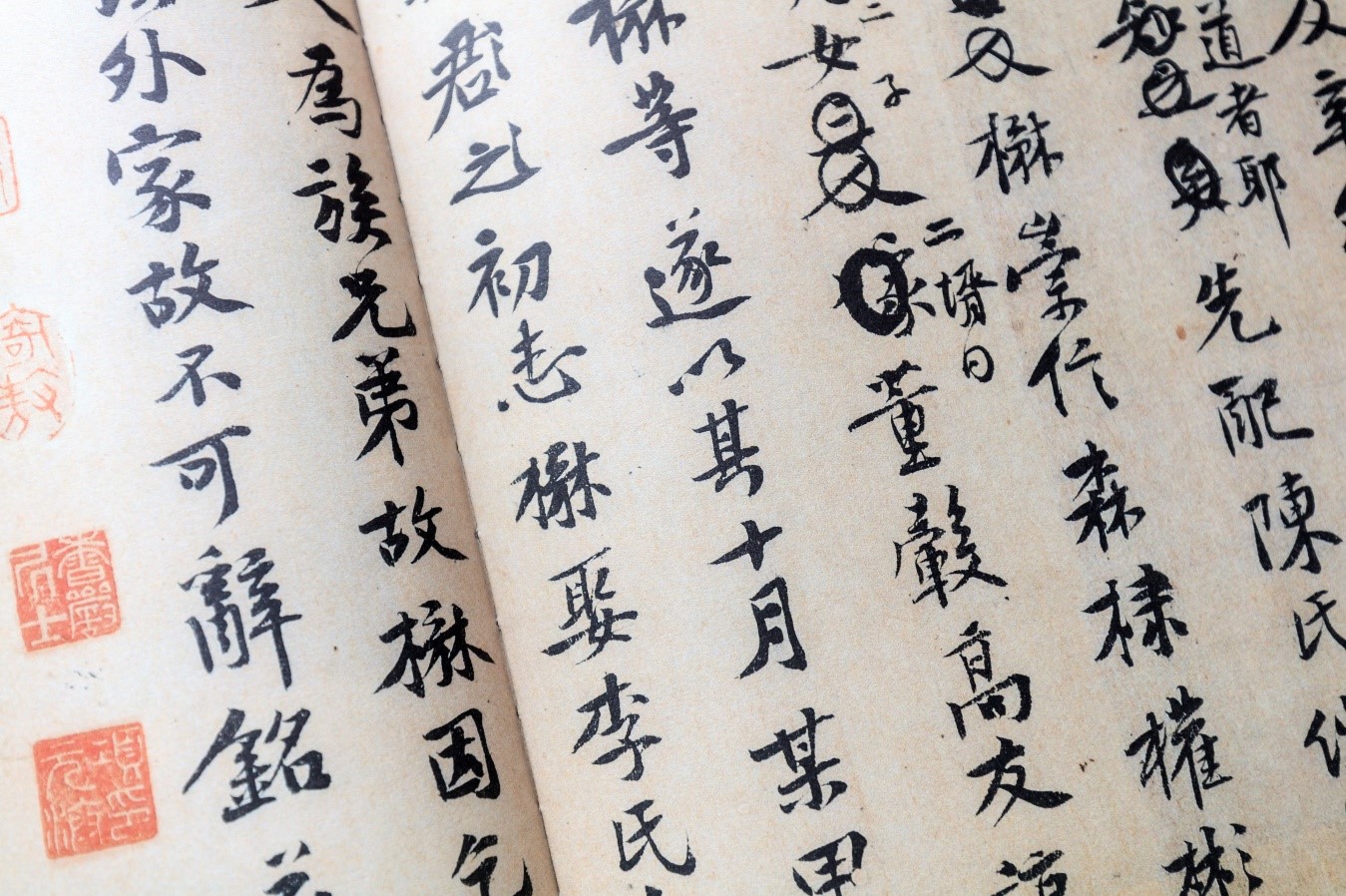
What is an isolating language?
If you go a dictionary, you will quickly get what the concept of an Isolating language is - a language in which each word form consists typically of a single morpheme, in a way that all words are morphologically unanalyzable. You’d certainly understand it better if you translate the definition into examples. Examples are Classical Chinese (to a far greater extent than the modern Chinese languages), Vietnamese, and some of the languages of West Africa, such as Ewe.
Linguists can categorize languages based on their word-building properties and usage of different affixation processes. The broadest distinction among languages is whether or not affixation is allowed at all, or if every word must be a single morpheme.
An isolating language tends also to be an analytic language, so that the terms isolating and analytic are often used interchangeably in linguistics. This category is one of the four basic language types, according to the Schlegel-Humboldt classification. Isolating languages are contrasted to agglutinative, inflectional, and polysynthetic (incorporative) languages.
Analytic languages have sentences composed entirely of free morphemes, where each word consists of only one morpheme. Isolating languages are “purely analytic” and allow no affixation (inflectional or derivational) at all. Sometimes analytic languages allow some derivational morphology such as compounds (two free roots in a single word).
In the world, we see groups of languages in common geographical regions that have similar morphological characteristics. Sometimes this is evidence of languages sharing a language family but not always. Language families are defined by having a genetic relationship, where elements of the language are passed down (through time). Sometimes features, even morphological characteristics, can spread among languages that are spoken near each other, even when unrelated.
The basic features of the isolating-language type are the invariability of the words (the absence of inflected forms) and the expression of syntactic relations primarily through word order.
Isolating languages are also usually characterized by several concomitant features: the predominance of root monosyllabism and considerable limitations on the structure of the syllable; the existence of syllabic musical tones; and the impossibility of grouping all words into grammatical classes, such as parts of speech—that is, the possibility that a given word will fulfill more than one grammatical function.
Chinese scores rather high on the isolating language scale, according to Packard (2006), “since it lacks obligatory morphology, the boundary between morphemes are clearly defined, there is no cumulative exponence and morphemes have a single phonological form (no allomorpy/suppletion)”. Similar statements may be found e.g. in Sagart (2004), who presents Chinese as a “textbook example of an isolating language with little morphology”, in which there are only a few suffixes, which however are usually “etymologically transparent and do not appear to be very ancient”.
You can note, in Mandarin Chinese, that properties such as “plural” and “past” comprise their own morphemes and their own words:
- [wɔ mən tan tçin lə]
- 1st PLR play piano PST
- ‘we played the piano’
Contact us at: outsourcers@translatorpub.com
©TranslatorPub.com 2025 All Rights Reserved.
Mail comments and suggestions to info@translatorpub.com
| Privacy Policy
| Sitemap.




